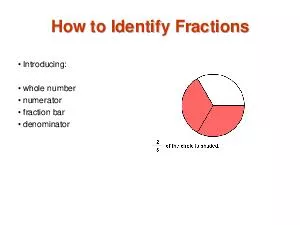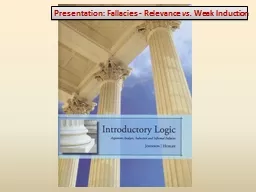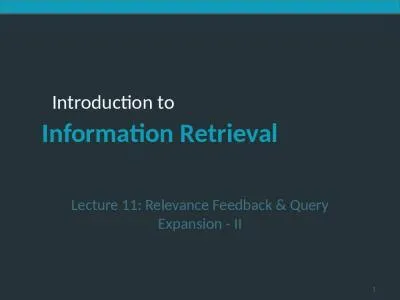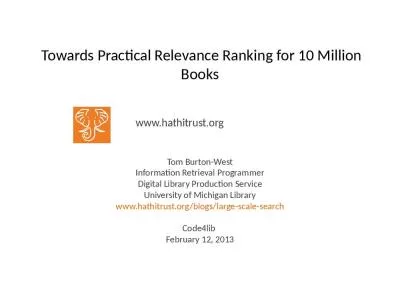PPT-Toward Whole-Session Relevance:
Author : min-jolicoeur | Published Date : 2016-04-10
Exploring Intrinsic Diversity in Web Search Karthik Raman Cornell University Paul N Bennett MSR Redmond Kevyn CollinsThompson MSR Redmond WholeSession Relevance
Presentation Embed Code
Download Presentation
Download Presentation The PPT/PDF document "Toward Whole-Session Relevance:" is the property of its rightful owner. Permission is granted to download and print the materials on this website for personal, non-commercial use only, and to display it on your personal computer provided you do not modify the materials and that you retain all copyright notices contained in the materials. By downloading content from our website, you accept the terms of this agreement.
Toward Whole-Session Relevance:: Transcript
Download Rules Of Document
"Toward Whole-Session Relevance:"The content belongs to its owner. You may download and print it for personal use, without modification, and keep all copyright notices. By downloading, you agree to these terms.
Related Documents














